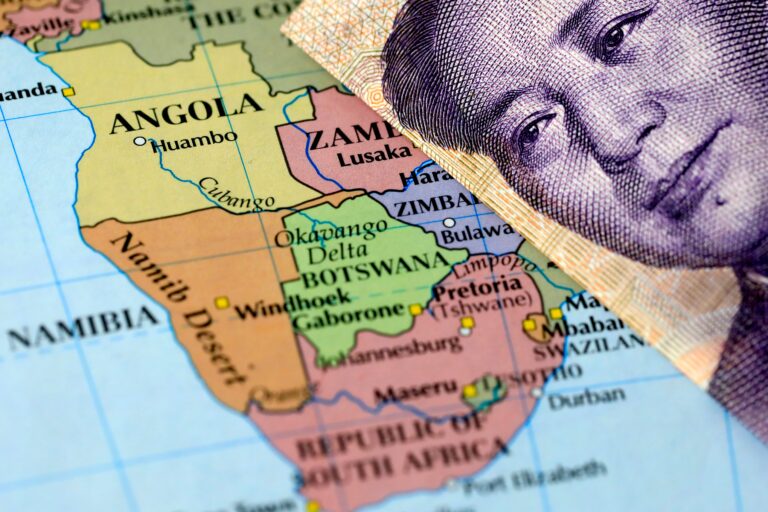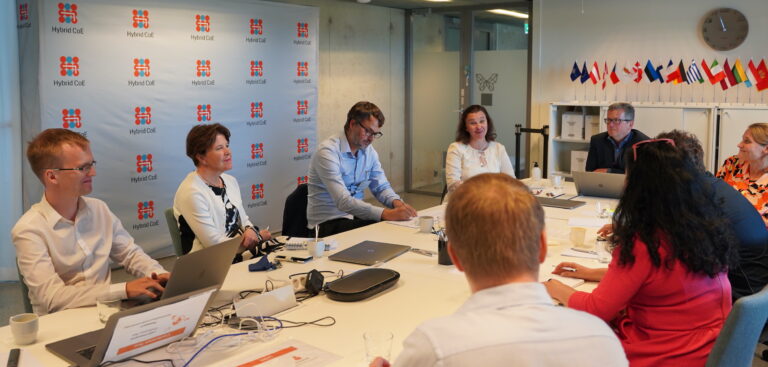Hybrid threats are used by authoritarian states and regimes, as well as by non-state actors serving as proxies for authoritarian regimes. Examples of hybrid threat actors include Russia, China, and Iran.
Non-state hybrid threat actors can include groups, movements or entities, which are used or co-opted to fulfil certain strategic objectives. Examples of non-state actors include the Africa Corps, a Russian-controlled military unit operating in Africa; hacker groups affiliated with Russian intelligence services, such as Fancy Bear and Cozy Bear; and the Confucius Institutes network, which promotes the Chinese Communist Party’s agenda abroad.
Learn about the topics under this theme
Related news and publications

 Hybrid CoE Paper 26
Hybrid CoE Paper 26Hybrid threats in high latitudes: Facing Russia on Svalbard

 Hybrid CoE Research Report 15
Hybrid CoE Research Report 15Countering disinformation in the Euro-Atlantic: Strengths and gaps

 Hybrid CoE Research Report 14
Hybrid CoE Research Report 14Protecting maritime infrastructure from hybrid threats: legal options

 Hybrid CoE Paper 23
Hybrid CoE Paper 23Countering state-sponsored proxies: Designing a robust policy

 Hybrid CoE Research Report 13
Hybrid CoE Research Report 13Strings attached: China’s narrative influence in Sub-Saharan Africa

 Hybrid CoE Paper 22
Hybrid CoE Paper 22Cross-cutting technologies in Chinese space activities: Raising the risk of hybrid threats

 Hybrid CoE Paper
Hybrid CoE Paper Hybrid CoE Paper 21: China and space: How space technologies boost China’s intelligence capabilities as part of hybrid threats

 Hybrid CoE Strategic Analysis
Hybrid CoE Strategic Analysis Hybrid CoE Strategic Analysis 35: Lessons learned from Western sanctions on Russia: Knowing your target well
Related functions
Get to know all our themes
The Centre focuses on diverse aspects of hybrid threats – from soft power to military means, and from policy to practical questions.





